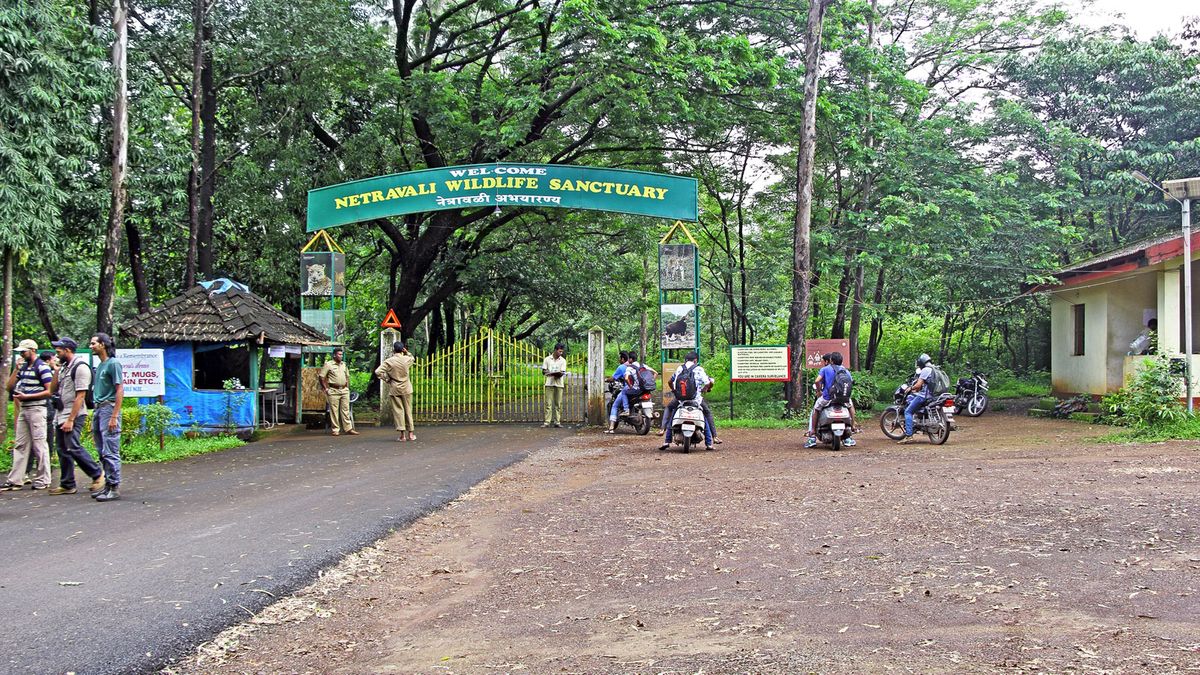Every time anybody even says the word “Goa”, we immediately think of beaches, parties, bike rides, and seafood. However, the western Indian state has so much more to offer. Among the many things you can explore in Goa, the Netravali Wildlife Sanctuary tops the list. Located in the Sanguem Taluka region of South-East Goa, Netravali is one of the six essential wildlife sanctuaries in the state. And this sanctuary is no less than a jackpot for nature lovers. This comprehensive guide will provide you with an overview of Netravali Wildlife Sanctuary and why you should visit the place during your next trip to Goa.
Netravali Wildlife Sanctuary, Goa: All you need to know

If you are not a party person and just want to enjoy a break from your monotonous life in the lap of nature, Netravali Wildlife Sanctuary is the place to be. Covering an area of about 211 sq. km, Netravali is home to a diverse family of flora and fauna.
The sanctuary gets its name from Netravali River, a tributary of the Zuari River that flows through Goa. It is easily accessible from Canacona and is an hour-long drive away from Palolem. Also, Netravali is approximately 80 kilometres away from Panjim, while the airport is at a distance of 70 kilometres.
What to expect in Netravali Wildlife Sanctuary?
The sanctuary is home to a vast variety of animals, birds, and even rare species of butterflies. One can expect crossing paths with a bison (Goa's state animal) and other wildlife. Netravali has two all-season waterfalls i.e. the Savri and Mainapi.
As soon as you enter the Netravali Wildlife Sanctuary, the road divides—the tar road along the hilly route is easier to navigate. It will lead straight to the waterfalls. The other route is will take you straight to Savari waterfall, however taking the former is recommended as the latter has a secluded jungle.
Attractions at Netravali Wildlife Sanctuary
No matter if you are a wildlife enthusiast, nature-lover, or a thrill-seeker—Netravali Wildlife Sanctuary has something for everyone. Here are a few things you should not miss at Netravali Wildlife Sanctuary:
- There are a number of species of exotic birds in the sanctuary.
- It is an incredible spot for both trekking and family picnics.
- Witness the beauty of Bubble Lake first-hand by visiting here.
- Tourists can spot various animals like cobras, panthers, great pied hornbills, slender loris, the Indian giant squirrel, and more here.
Highlights of Netravali Wildlife Sanctuary
Savari Waterfall

Once you reach the sanctuary, you have to hike for approximately 3 to 4 kilometres to reach the Savari waterfall. Though the hike is a trying one, the view of the final destination makes it all worth it. The two-tiered waterfall also has a relatively shallow pool. You can visit Savari waterfall at any time of the year. Your experience is likely to be similar to the Mainapi waterfall.
Netravali Lake
The lake has bubbles, which is why it is also known as Budbud, Budbudyachi Tali, and of course Bubble Lake. It is said that the bubbles respond to certain sounds, and rise faster when someone claps. Though you can visit throughout the year, it's best to go there during the monsoons.
Best season and time to visit
The rainy season, which is late June to August, would be the best time to plan a visit to this wildlife sanctuary in Goa. The rainy season provides a lush green view with some fresh air. Plus, the waterfalls look magnificent at that time.
Another reason why the rainy season is best to visit Netravali Goa is that the temperature is mostly pleasant. You can also visit the wildlife sanctuary during winter. However, avoid making a plan during the Indian summer season. Although the sanctuary is open 24 hours and you can visit the place during the daytime.
For a great experience, rent a two-wheeler to explore the sanctuary. The beautiful Konkan vegetation, rice fields, and Western Ghat hills will greet you on both sides of the road. Along the way, you will also find a handful of picturesque spots to take pictures of.
Tips for visiting Netravali Wildlife Sanctuary
- Since it is essential to maintain the cleanliness and sanctity of natural reserves, littering is prohibited. So, make sure you do not litter on the site.
- Avoid wearing strong perfume. The sanctuary is home to a wide range of wild creatures, and many of them have a highly sensitive sense of smell.
- As the forest is filled with numerous insects and parasites, make sure you wear clothes that fully cover you.
- Before taking pictures, make sure that the flash of your camera is off as the glare of the flashlight can bother and infuriate wild animals in close vicinity.
Disclaimer: The details mentioned throughout this blog are sourced from publicly accessible platforms. At Zeezest, we intend to share factual and verified information. Should there be any inconsistencies or variances in the information provided, please understand that these are entirely unintentional and not meant to mislead.


